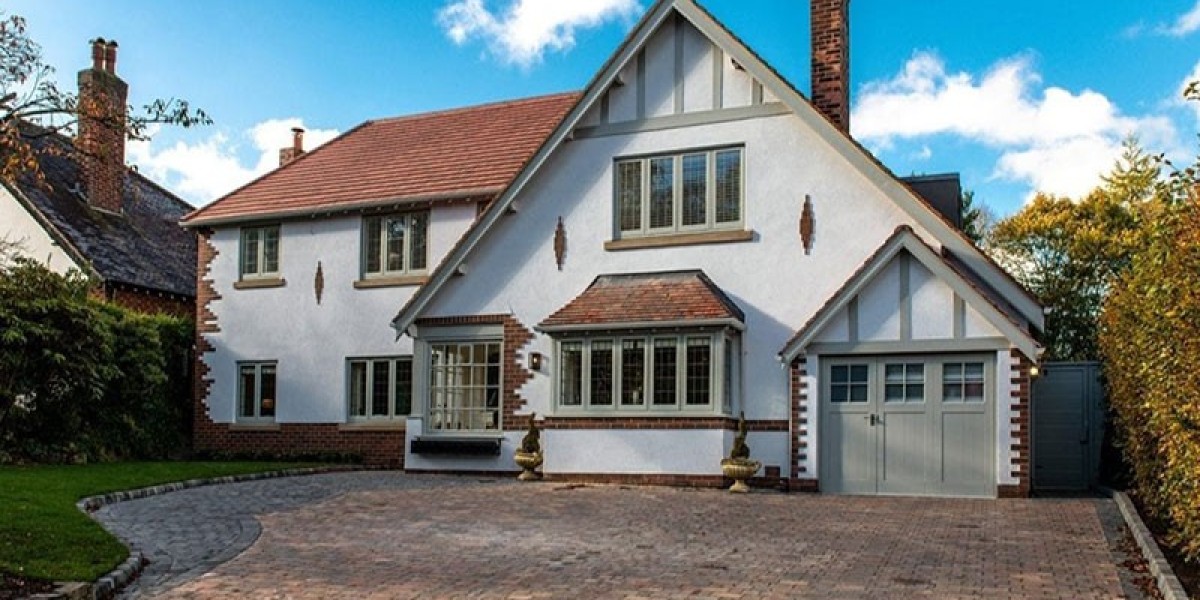Attracting qualified buyers and tenants in the commercial property space requires more than a listing and a price tag. With competition high and attention spans short, the presentation of a property can make or break its perceived value. While brochures and static images still have their place, video content now leads the way when it comes to generating real engagement and driving property visits.
One of the most effective tools in commercial real estate marketing is video—not just to show a space, but to tell a story that converts curiosity into scheduled tours. When executed well, video adds depth, emotion, and dimension to a listing. It helps prospective buyers or tenants visualize themselves in the space and make faster decisions.
Why Video Works Better Than Photos Alone
Photos can capture layout, lighting, and finishes, but they fall short when it comes to scale, flow, and experience. A well-edited video walk-through helps potential clients understand how the space connects—how the lobby leads to the conference area, how natural light moves through the glass partitions, or how spacious the warehouse feels when fully cleared.
Beyond physical dimensions, video gives life to the environment. Viewers hear ambient noise, observe traffic flow, and experience movement in ways that still images can’t replicate. This emotional engagement is critical to building urgency and desire—two drivers of action in commercial real estate.
Video also supports asynchronous buying behavior. Decision-makers in different time zones or departments can share the video internally, review it on their schedule, and collectively move toward a site visit or offer. This flexibility makes video an indispensable part of a competitive marketing strategy.
Types of Video That Boost Leasing and Sale Activity
Not all real estate videos serve the same purpose. Selecting the right format depends on property type, audience, and stage in the sales cycle. Here are the most common and effective video styles:
- Property Walk-Throughs: These give viewers a continuous look at the layout and features of a space, often using a gimbal or drone for smooth footage.
- Aerial Drone Footage: Ideal for showing proximity to highways, surrounding developments, and land boundaries, especially for large or multi-building assets.
- Voice-Narrated Overviews: These videos combine visual footage with commentary that highlights key features, leasing terms, or development potential.
- 360-Degree Video Tours: These interactive experiences allow viewers to pause, pan, and explore different angles of a space in a virtual showroom environment.
- Highlight Reels for Social Media: Short-form edits designed for platforms like LinkedIn and Instagram to drive traffic to the full listing page or website.
Each format serves a different purpose, and using multiple video styles across platforms increases visibility and buyer engagement.
Key Elements That Make Video Content Effective
A video that generates interest isn’t just a camera pointed at a building—it’s a curated visual experience. To maximize impact, ensure the following are part of every video project:
- Clear Opening Frames: Start with a wide shot that immediately establishes location, lot size, or street visibility.
- Smooth Transitions: Abrupt cuts confuse viewers; seamless movement gives a better sense of space and quality.
- Accurate Lighting: Shoot during the golden hours when natural light is soft and even. Avoid overexposure and shadowy interiors.
- On-Screen Text and Data: Overlaying square footage, zoning type, or parking availability helps deliver quick information without narration.
- Professional Narration or Captions: Guide the viewer with either a voice-over or on-screen prompts that call out unique features.
- Branded Closing Frame: Include brokerage contact info and a strong call-to-action, encouraging viewers to book a tour or request a brochure.
Keeping video length between 60 to 180 seconds ensures viewer retention while still conveying enough value to prompt next steps.
Where and How to Distribute Real Estate Videos
Once a high-quality video is created, strategic distribution is critical. Posting it on a listing page isn’t enough. Videos should appear across all platforms where prospective buyers and tenants research properties.
- MLS and CRE Marketplaces: LoopNet, CoStar, and CREXi allow embedding videos directly into listings.
- Brokerage Website: Ensure the property page includes both a gallery and embedded video player with mobile responsiveness.
- Email Campaigns: Include a clickable thumbnail that drives users to the video landing page.
- Social Media Ads: Paid promotion on LinkedIn and YouTube helps target property managers, investors, and decision-makers by job title and location.
- QR Codes on Signage: Let foot traffic or drive-by prospects scan and instantly view the video tour on their phone.
Tracking where views originate helps refine future campaigns and determine which platform delivers the highest conversion to scheduled property visits.
Aligning Video With the Sales Funnel
Videos serve different purposes at each stage of the property leasing or sale process. During awareness, short teaser videos or drone overviews work best. In the consideration phase, full-length walkthroughs and narrated overviews become more valuable. Toward the decision point, virtual meetings using video content allow stakeholders to ask questions while reviewing the space in real time.
This alignment ensures that video isn’t just decorative—it’s part of a structured lead journey that supports follow-up calls, property tours, and offer submissions.
Benefits Beyond the Listing Period
Even after a property is leased or sold, video content continues to provide value. Owners and brokers can repurpose footage for portfolio presentations, investor reporting, or future tenant attraction. It also enhances brand reputation—demonstrating a commitment to modern, professional property presentation.
These archived videos form a visual library that can showcase past deals, reflect transaction quality, and support proposals for future clients. Video also creates consistency across listings, reinforcing the firm’s identity and credibility.
ROI and Time-to-Tour Metrics
The ultimate test of video marketing in commercial real estate is whether it leads to more qualified tours and faster decision-making. Brokers using video often report:
- Increased time spent on listing pages
- Higher response rates to email outreach with video links
- Shorter time from first inquiry to site visit
- Fewer in-person visits needed before submitting LOIs
This translates into reduced days on market, fewer no-shows, and better engagement from prospective tenants and buyers. For properties with niche appeal or remote interest, video can be the deciding factor between passing interest and a signed deal.
Video Quality Reflects Asset Quality
A shaky or poorly lit video does more harm than good. It creates the impression that the property—and the team behind it—is low-effort or outdated. Commercial buyers and tenants notice these signals and often move on without further inquiry.
Investing in proper equipment, or hiring professionals who specialize in real estate videography, ensures that the content reflects the quality of the offering. High-end listings require high-end marketing to match buyer expectations.
Positioning for the Next Generation of Buyers
Commercial real estate is not immune to generational change. Younger investors, developers, and business owners are increasingly active in the market, and they consume content differently. They research digitally, expect transparency, and often make decisions based on media presentation before ever picking up the phone.
Video is the medium that bridges that generational shift. It supports mobile-first browsing, integrates with social platforms, and allows decision-makers to engage at their own pace.
Brokers and property owners who embrace these trends will be better positioned to win listings, close deals, and grow their brand in a market that rewards speed, quality, and clarity.
With more investors evaluating commercial real estate for sale using online tools, video marketing has become the silent closer—doing the work of a thousand words while making property tours the natural next step.







